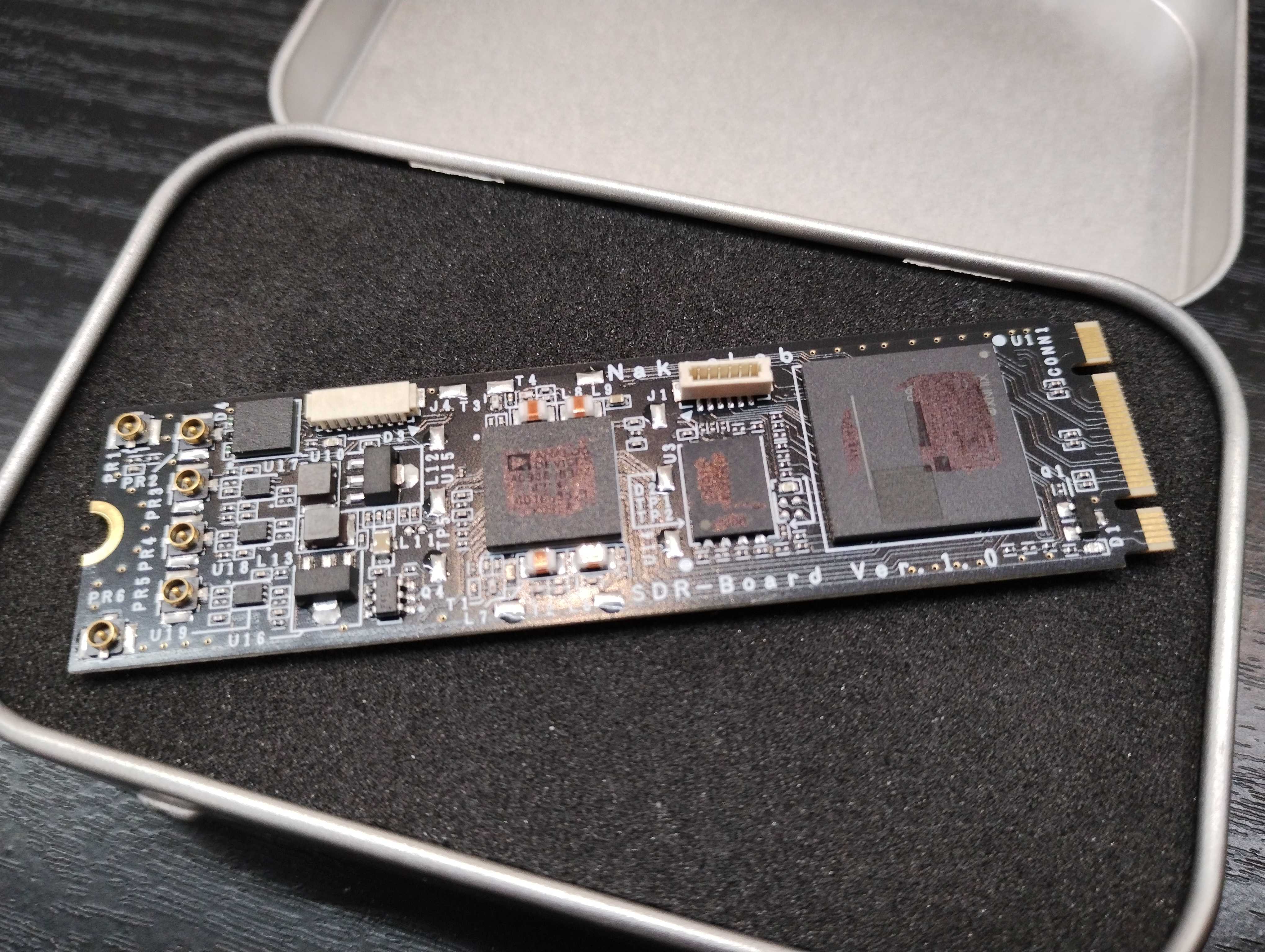
Creating use cases for the development and societal implementation of next-generation cyber infrastructure to support future societies
In recent years, 5G-based information and communication infrastructure has become vital for socioeconomic activities and life support. Beyond 5G, next-generation cyber infrastructure integrating computing and AI is expected to serve as a human lifeline. Nakao Lab is working on creating such infrastructure with local 5G at its core—come see Japan’s cutting-edge wireless technology!

| Booth No | W-20 |
|---|---|
| Address | Room 236, 445, Engineering Building 3, The University of Tokyo, 7-3-1 Hongo, Bunkyo-ku, Tokyo 113-0033, Japan |
| Phone Number | 0358410458 |
| FAX | |
| Site URL | https://www.nakao-lab.org/?lang=ja |
| Company Video URL |
Main Exhibitor
Products / Services

5G and Next-Generation Communication Protocol Programmable Software defined Radio Board
A tiny software-defined radio (SDR) board, measuring 80mm x 22mm x 5mm and featuring an M.2 interface, capable of programming for 5G and next-gen communication protocols. It boasts expandability, customization, and downsizing of base station equipment, enabling low-power, swift deployment, and operation. Expected applications include disaster response with drone-enabled high-definition, real-time video transmission for damage assessment, hazard mapping, and unmanned construction, advancing disaster management digitization.

A compact, low-cost, low-power consumption, flexible, and rapidly deployable local 5G system
A compact local 5G system, measuring 173.2mm x 274.2mm x 66mm (about 3/4 the size of an A4 book), equipped with a super-small software radio board, enables swift outdoor installation and operates at low power consumption (approximately 75W). It integrates 5G core and base station functions, allowing quick deployment as a wireless base station with direct internet connectivity. Its software-driven flexibility ensures timely adaptation to evolving communication technologies and standards, facilitating the resolution of societal and industrial challenges through ICT utilization.